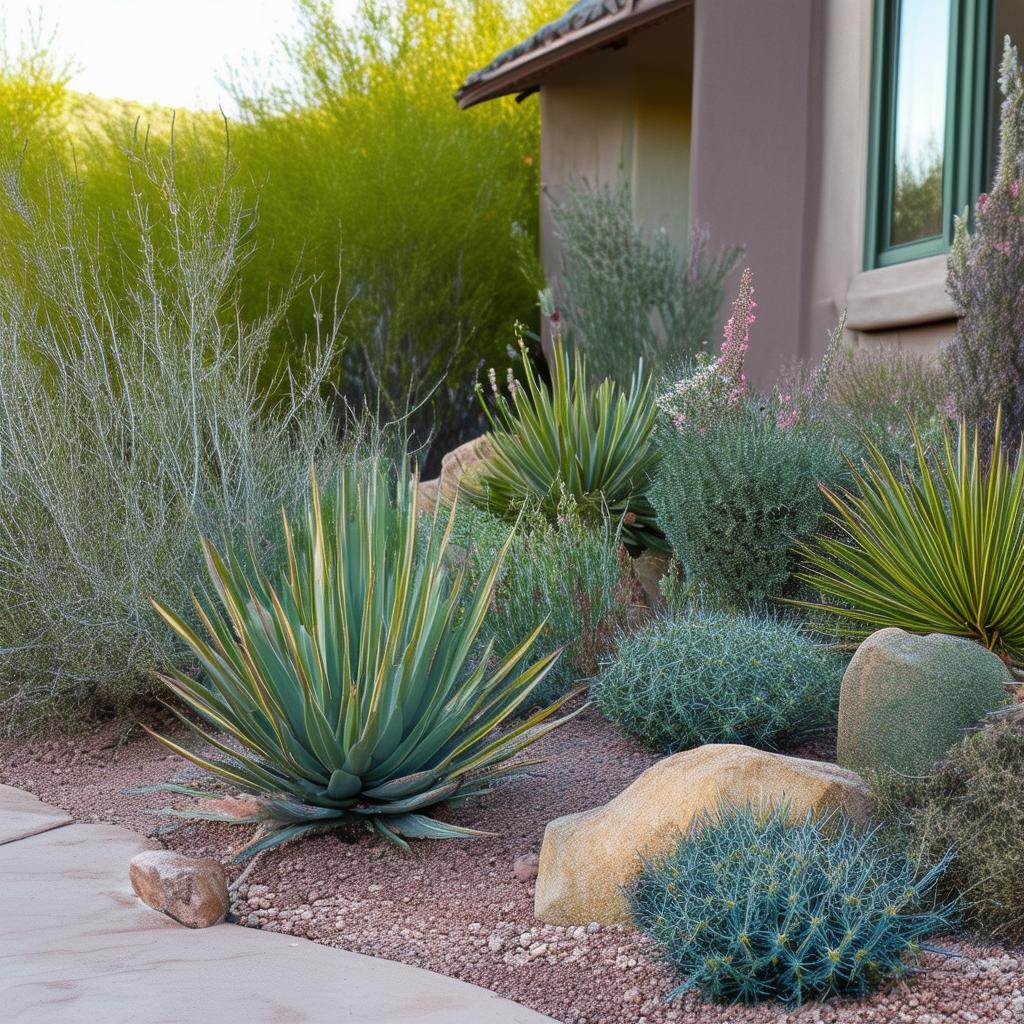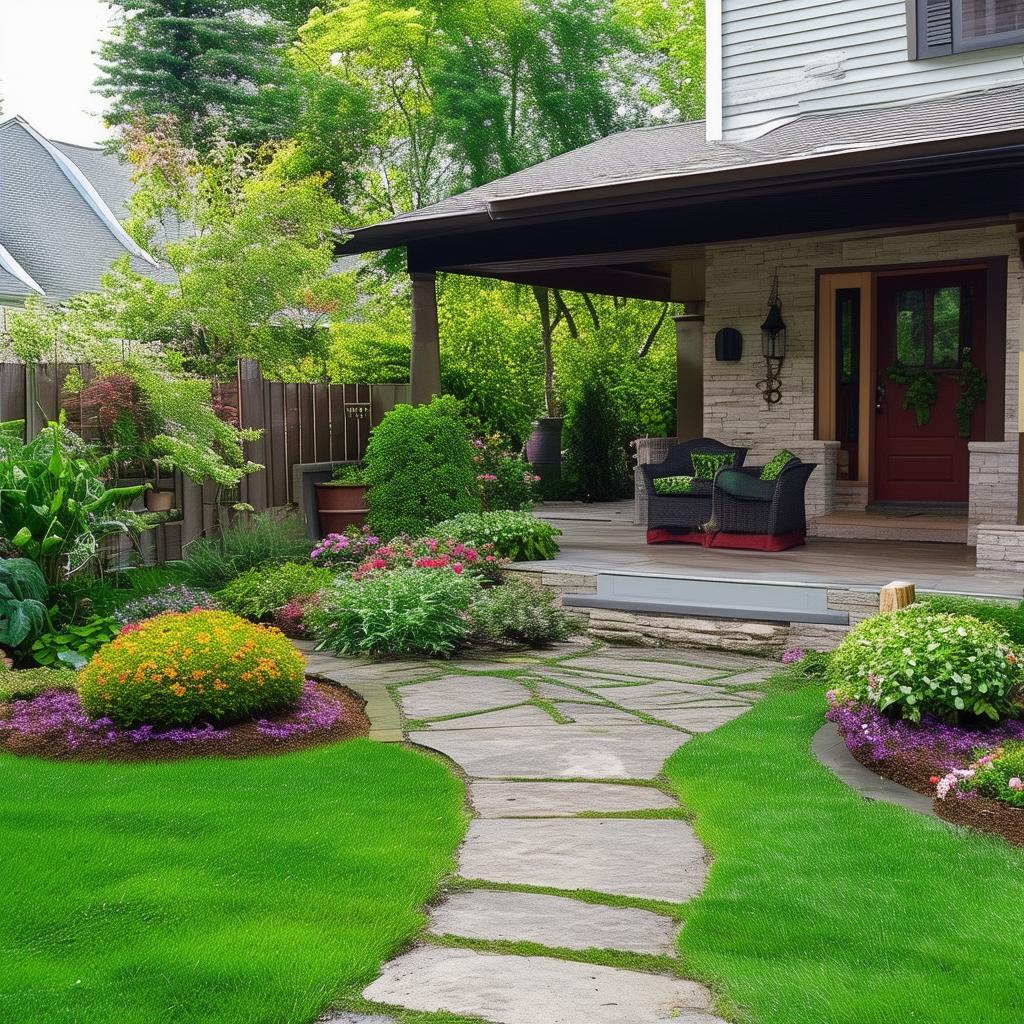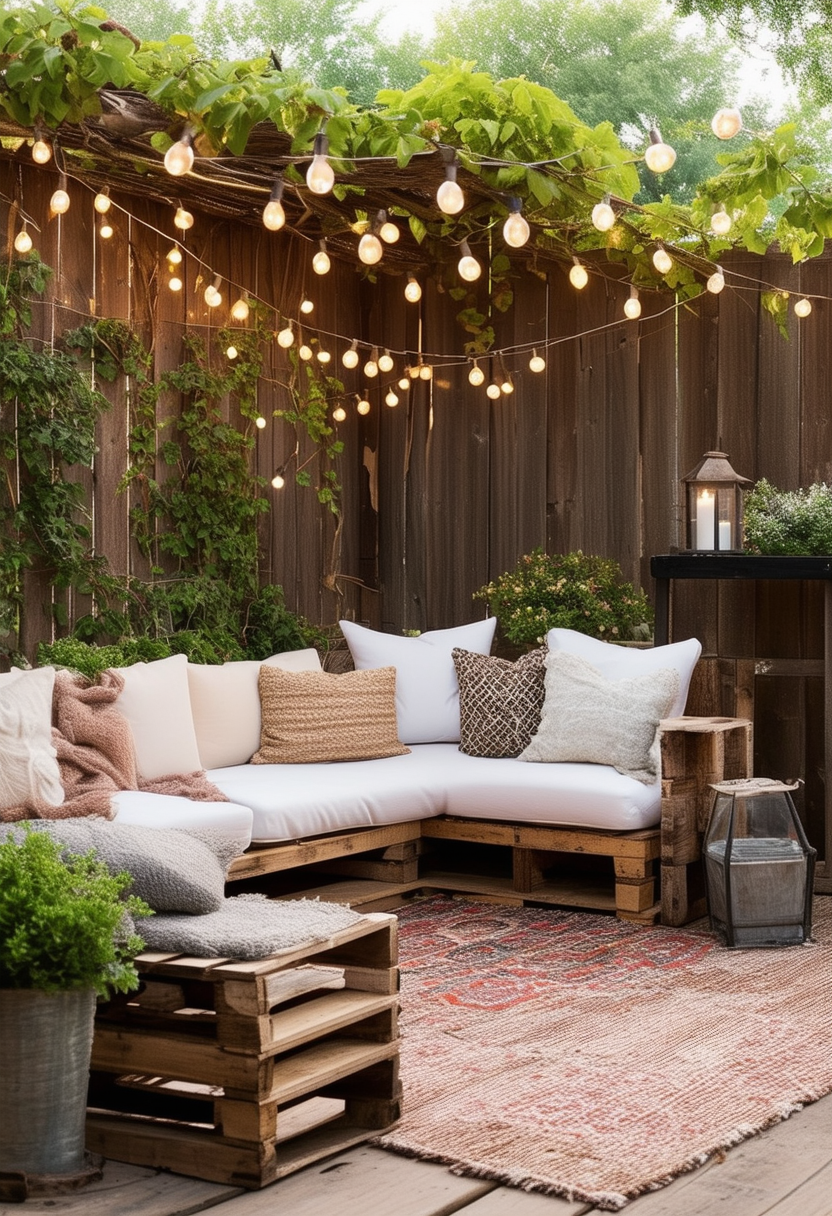In the midst of arid landscapes where water is scarce and temperatures soar, creating a lush oasis may seem like a daunting task. However, with careful planning and conservation-minded strategies, you can transform your outdoor space into a thriving haven even in the driest regions. From choosing the right plants to implementing water-saving techniques, this article will provide you with the essential tips and tricks for landscaping in arid environments. Join us as we embark on a journey to create your very own oasis in the desert.
Designing a Sustainable Landscape Plan for Arid Environments
When , it is crucial to consider the unique challenges that come with the lack of water availability. By implementing conservation tips, you can create an oasis in the desert that not only looks beautiful but also thrives in a sustainable manner.
One key aspect of landscaping in arid regions is choosing the right plants that are well-adapted to low water conditions. Opt for native species that are drought-tolerant and require minimal irrigation. Some examples of these plants include succulents, cacti, and desert shrubs. These plants not only conserve water but also add a touch of natural beauty to your landscape.
Another important factor to consider is the layout and design of your landscape. Utilize drip irrigation systems to efficiently water your plants directly at the roots, minimizing water waste. Incorporate mulch to retain moisture in the soil and reduce evaporation. Creating windbreaks with strategically placed trees and shrubs can help protect your plants from harsh desert winds, further conserving water and promoting growth.
Choosing Indigenous Plants for Water-Efficient Landscaping
One of the key considerations when landscaping in arid regions is choosing indigenous plants that are well-adapted to the local climate and require minimal water. By selecting native species, you can create a beautiful oasis in your backyard while conserving water resources.
Benefits of
- Native plants require less water once established
- Attract local wildlife such as birds and butterflies
- Low maintenance and easy to care for
- Help support the local ecosystem
| Plant Name | Water Requirements | Sun Exposure |
|---|---|---|
| Desert Willow | Low | Full Sun |
| Prickly Pear Cactus | Very Low | Full Sun |
| Yucca | Low | Full Sun |
Tips for Choosing Indigenous Plants
- Research plants that are native to your region
- Consider the plant’s water requirements and sun exposure needs
- Choose a variety of plants for visual interest and biodiversity
- Work with a local nursery or landscaping expert for guidance
Implementing Drip Irrigation Systems for Efficient Water Usage
When creating a relaxing oasis in your backyard in an arid region, it’s crucial to consider efficient water usage. Implementing drip irrigation systems can help you achieve this goal by providing targeted water delivery directly to the root zones of your plants.
- Save Water: Drip irrigation systems use up to 50% less water than traditional irrigation methods, such as sprinklers or hand watering.
- Reduce Weeds: By delivering water directly to the roots of your plants, drip irrigation systems help reduce weed growth by depriving unwanted plants of moisture.
- Prevent Disease: Overhead watering can lead to foliage diseases on your plants. Drip irrigation keeps the leaves dry, reducing the risk of disease.
By strategically placing drip emitters around your landscaping, you can ensure that every plant receives the right amount of water without waste. This method not only conserves water but also promotes healthier plant growth and thriving greenery in your desert retreat.
Final Thoughts
As you embark on the journey of creating your own oasis in an arid region, remember that every effort counts in conserving water and protecting the environment. By incorporating the conservation tips outlined in this article, you can not only create a beautiful and sustainable landscape but also contribute to the preservation of our precious natural resources. Let your oasis serve as a shining example of how creativity and conservation can go hand in hand. Together, we can make a difference for the planet and future generations. Thank you for joining us on this green journey!


